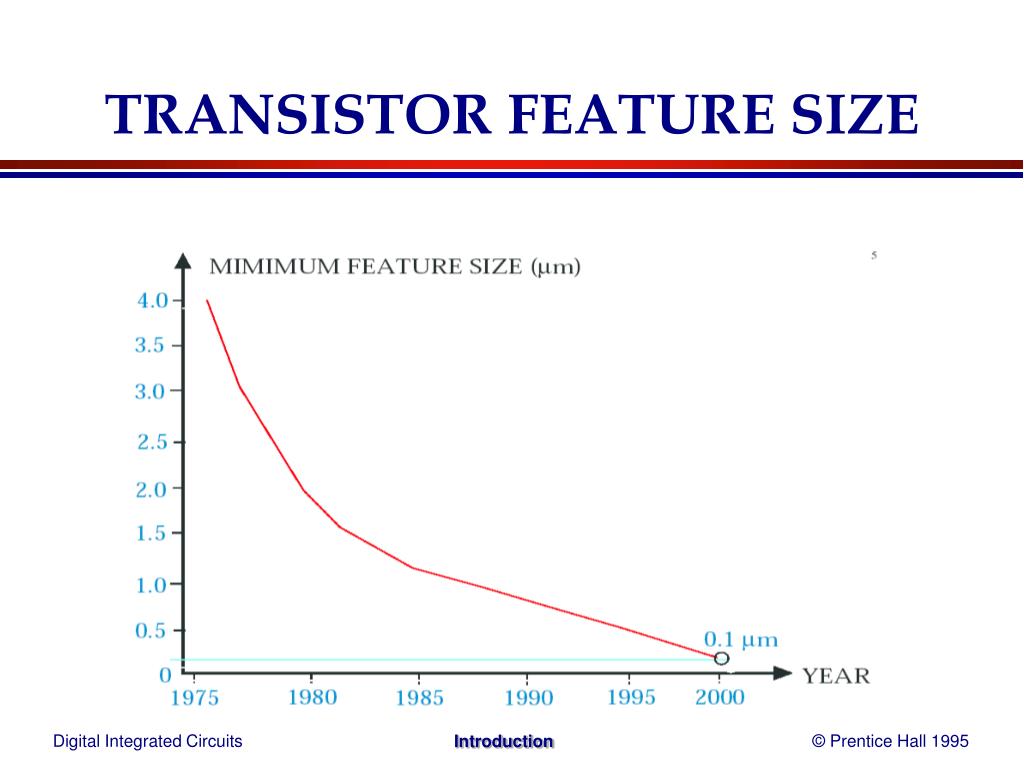
Historically, it was the most important dimension for determining transistor performance, because a shorter gate length suggested a faster-switching device. In that space sat the device's gate stack, which controlled the flow of electrons between the source and drain. In the two-dimensional or “planar" transistor design that dominated until this decade, gate length measured the space between the transistor's source and drain electrodes. Metal half-pitch is half the distance from the start of one metal interconnect to the start of the next on a chip. Conveniently, for a long time, they were just about the same number. The metrics used to gauge this phenomenal progress in integration density were primarily dimensions called the metal half-pitch and gate length. So, how did we get to a place where the progress of arguably the most important technology of the past hundred years appears, falsely, to have a natural endpoint? Since 1971, the year the Intel 4004 microprocessor was released, the linear dimensions of a MOS transistor have shrunk down by a factor of roughly 1,000, and the number of transistors on a single chip has increased about 15-million-fold. But will experts in a notoriously competitive industry unite behind one of them? Let's hope they do, so we can once again have an effective way of measuring advancement in one of the world's largest, most important, and most dynamic industries. And, finally, it just rankles that so much stock is put into a number that is so fundamentally meaningless.Įfforts to find a better way to mark the industry's milestones are beginning to produce clearly better alternatives. Another is that the continuing node-centric view of semiconductor progress fails to point the way forward in the industry-galvanizing way that it used to. One is that the continuing focus on “nodes" obscures the fact that there are actually achievable ways semiconductor technology will continue to drive computing forward even after there is no more squeezing to be accomplished with CMOS transistor geometry. “Picking something that is agreed upon, even if imperfect, is more useful than the current node branding." So you'd be excused for thinking that soon there will be no more Moore's Law, that there will be no further jumps in processing power from semiconductor manufacturing advances, and that solid-state device engineering is a dead-end career path. Processors fabricated at the 5-nm node are in production now, and industry leaders expect to be working on what might be called the 1-nm node inside of a decade.Īfter all, 1 nm is scarcely the width of five silicon atoms. That means that there are about 100 million transistors within a square millimeter of silicon. When Gordon Moore first pointed out the trend that carries his name, there was no such thing as a node, and only about 50 transistors could economically be integrated on an IC.īut after decades of intense effort and hundreds of billions of dollars in investment, look how far we've come! If you're fortunate enough to be reading this article on a high-end smartphone, the processor inside it was made using technology at what's called the 7-nanometer node.

Minimum feature size transistor definition Patch#
Like some physics-based doomsday clock, the node numbers have ticked down relentlessly over the decades as engineers managed to regularly double the number of transistors they could fit into the same patch of silicon.

For more than 55 years, the “Law" has described and predicted the shrinkage of transistors, as denoted by a set of roughly biannual waypoints called technology nodes. One of the most famous maxims in technology is, of course, Moore's Law.


 0 kommentar(er)
0 kommentar(er)
